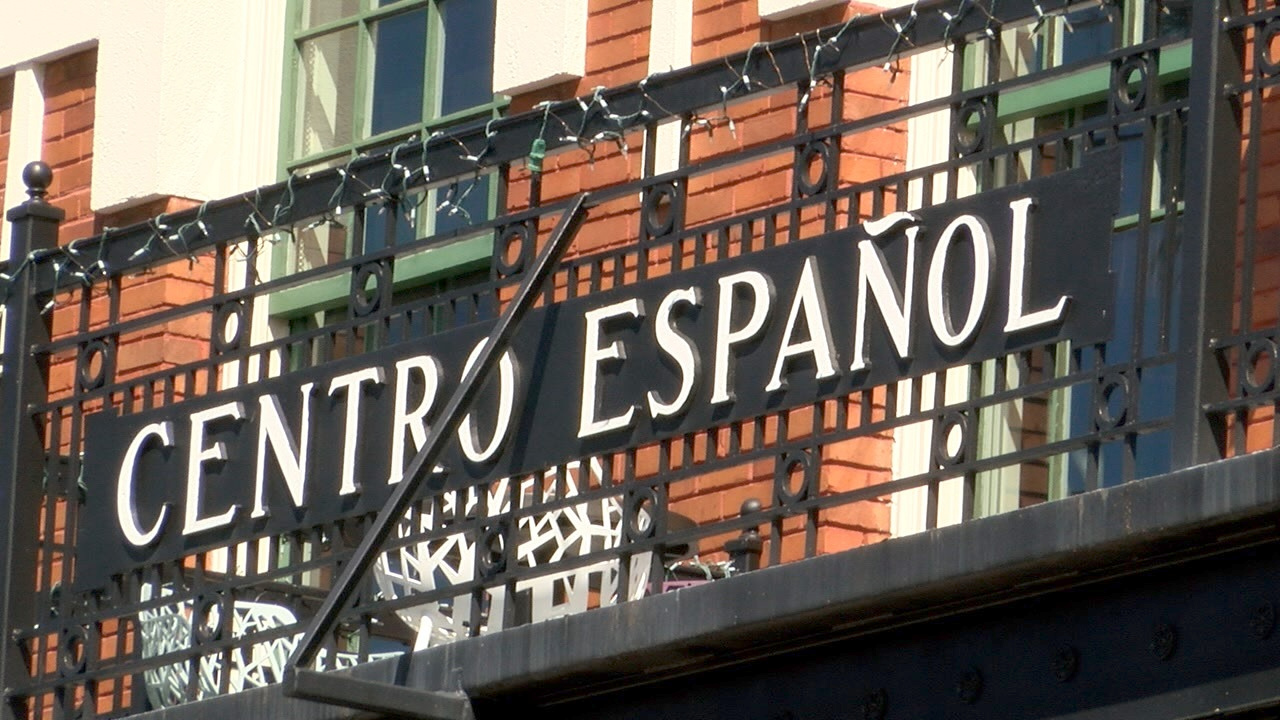TAMPA, Fla. — As part of Hispanic Heritage Month, ABC Action News is taking a look at life from the perspective of Americans whose Hispanic parents never taught them Spanish because they feared it would hold them back from the "American dream."
“My parents are both Spanish speakers. They're fluent, but they did not want to teach myself and my brothers,” said Tampa Attorney Michelle Gilbert. “They wanted to assimilate into the culture, and they did not want us to have English with Spanish accents.”
Gilbert’s great-great-grandparents immigrated from Spain to the United States, but even three generations later, her parents were still worried the Spanish language would be a barrier to the American dream.

“My dad's family, especially because they were a poor family, they worked in the cigar factories in the Tampa area. My dad was first in his family to go to college. My mother didn't go to college, and she stayed home and had a family. Yeah, I think a lot of it was the American dream, you know you want to assimilate.”
But times are changing.

Gilbert is learning Spanish from Lyl Polanco who owns Spanish Consultants, a Spanish tutor service in Tampa.
“We saw before that most of our clients came because you know they wanted to travel, but now we see more and more than the clients are coming in because they need to expand here in the United States,” Polanco explained. “Professionals who are working in the United States and they need to be bilingual to do their job here in the United States that's the biggest difference I've noticed.
It’s not uncommon to call a business now and hear: “The call may be recorded, para Español, marque cinco.” It’s an option to get information in Spanish.

According to the US Census, 13% of the US population speaks Spanish at home, making us the second-largest country for Spanish speakers, following Mexico.
That percent of Spanish speakers nearly doubles in Florida, and triples in Miami.
“Spanish has long been marginalized as a foreign language in the United States and you see that, for example, in the way that it's relegated to foreign language departments in schools and in universities and colleges, when in fact it's, by any measure on native language of the United States,” explained Heide Castañeda an anthropology professor at the University of South Florida in Tampa.
Castañeda’s belief is that the "American Dream" is now bilingual.
“I think that the time is now for us to foster bilingual communities, I think, especially here in Florida where in many communities, more than half of the population speak Spanish at home. It makes sense to foster those skills and not to...insist that students, families or young adults only speak English,” Castañeda said.
For Gilbert, learning Spanish is both personal and professional as an attorney.
“I probably have 25% plus client base, that are primarily Spanish speakers,” Gilbert said.

Experts predict America’s future could sound a little differente with one in three Americans speaking Spanish by 2050.
As for learning Spanish, Polanco said people are most successful with an immersion technique.
You can create that by reading, and listening to TV and radio in Spanish, trying to think in Spanish, and talking one-on-one with a tutor or other Spanish speakers.
Polanco said the convenient thing about learning Spanish with a tutor right now is everything is done online on video calls, so you can do it at home.




